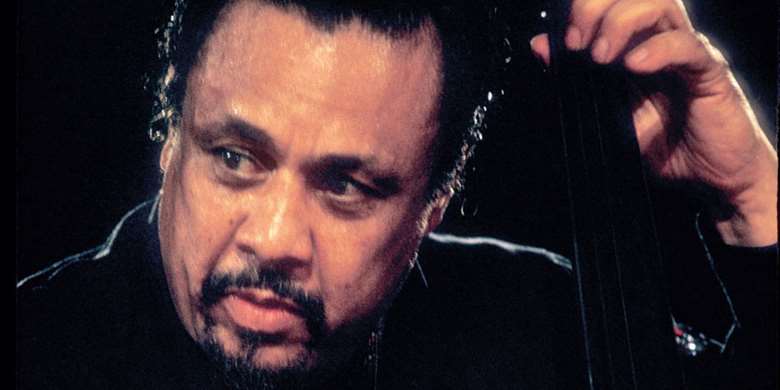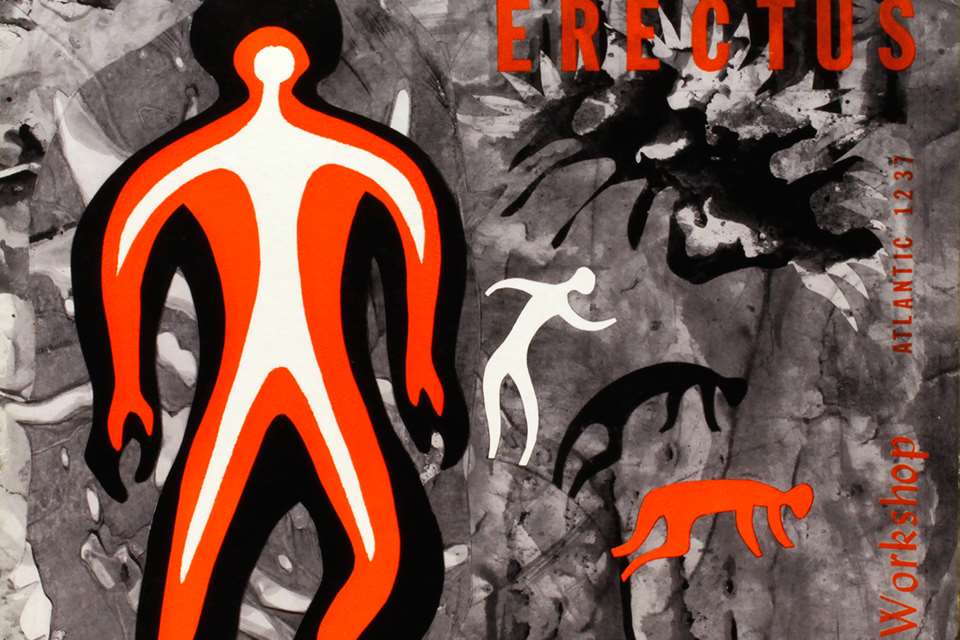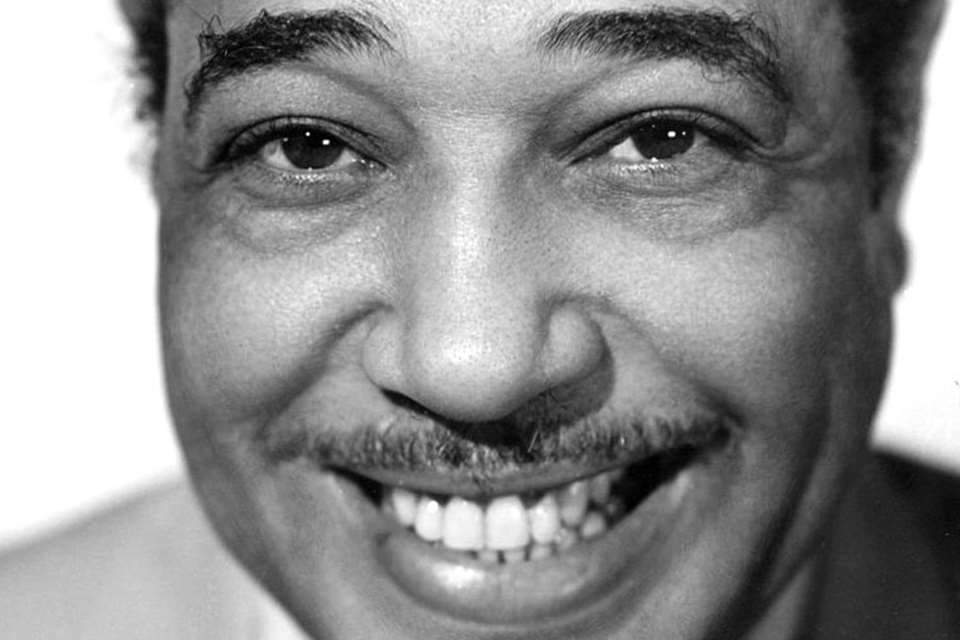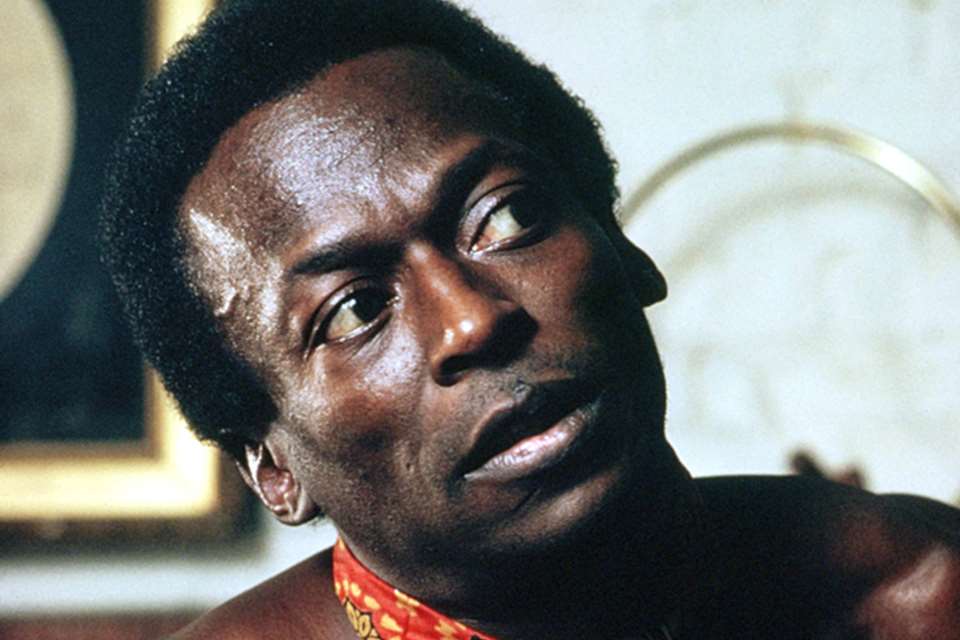Charles Mingus: Beneath The Bass Line
Kevin Le Gendre
Wednesday, September 14, 2022
Bassist Charles Mingus shook up the jazz world like few others, Kevin Le Gendre assesses his legacy and speaks to contemporary bass stars Christian McBride and Boris Kozlov about his influence


Register now to continue reading

Thank you for visiting Jazzwise.co.uk. Sign up for a free account today to enjoy the following benefits:
- Free access to 3 subscriber-only articles per month
- Unlimited access to our news, live reviews and artist pages
- Free email newsletter


